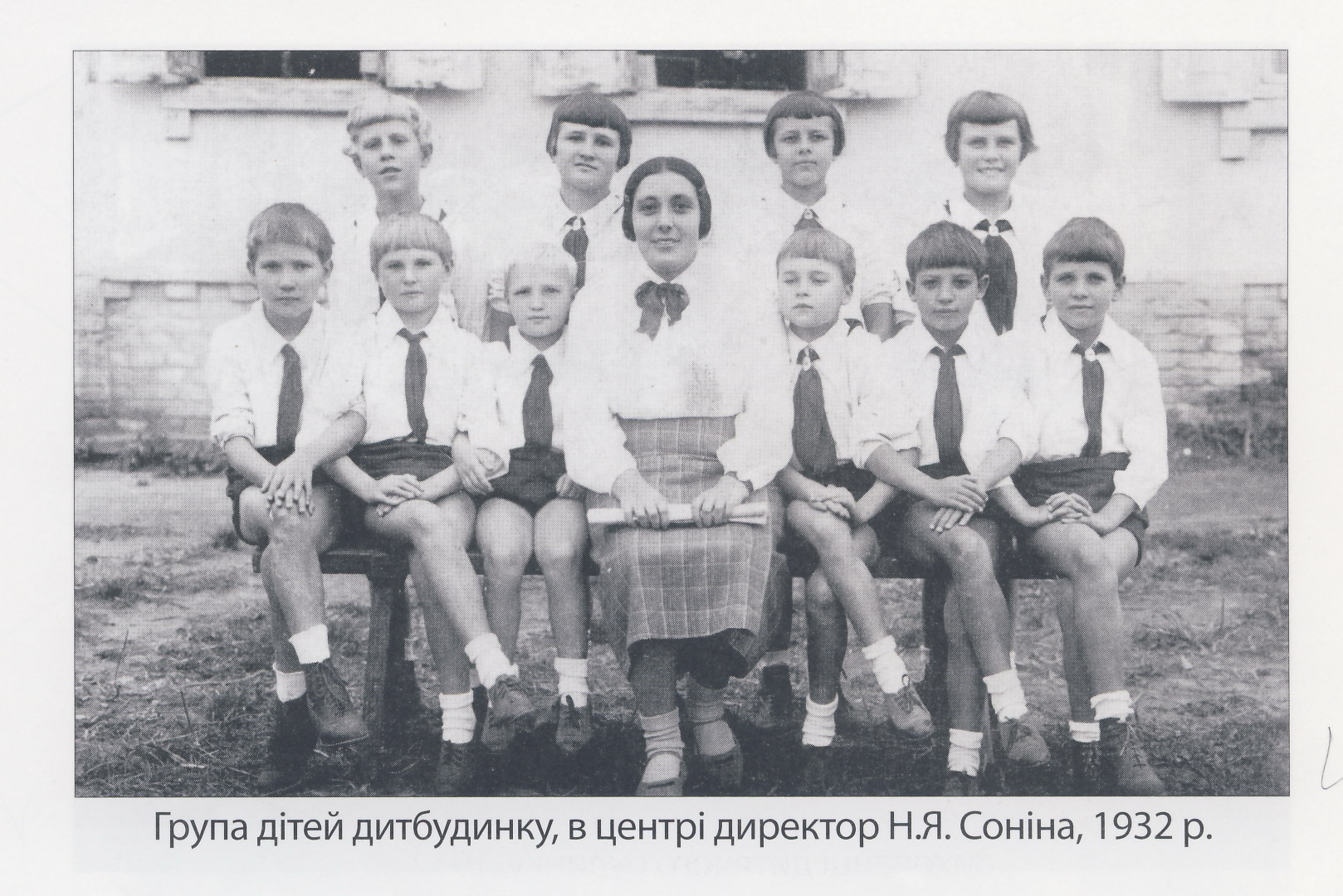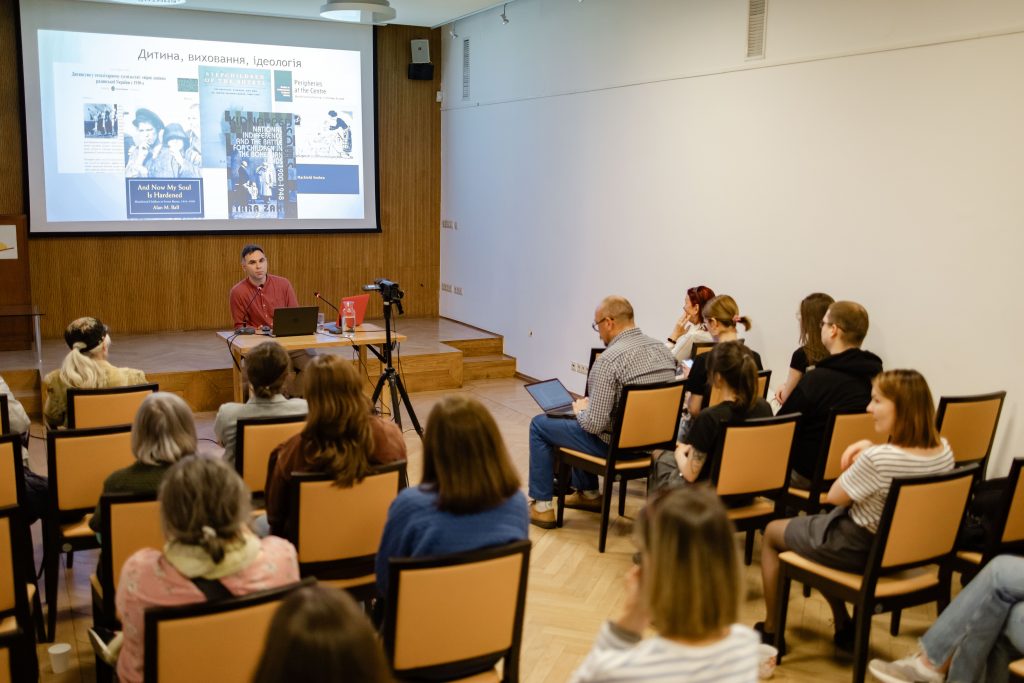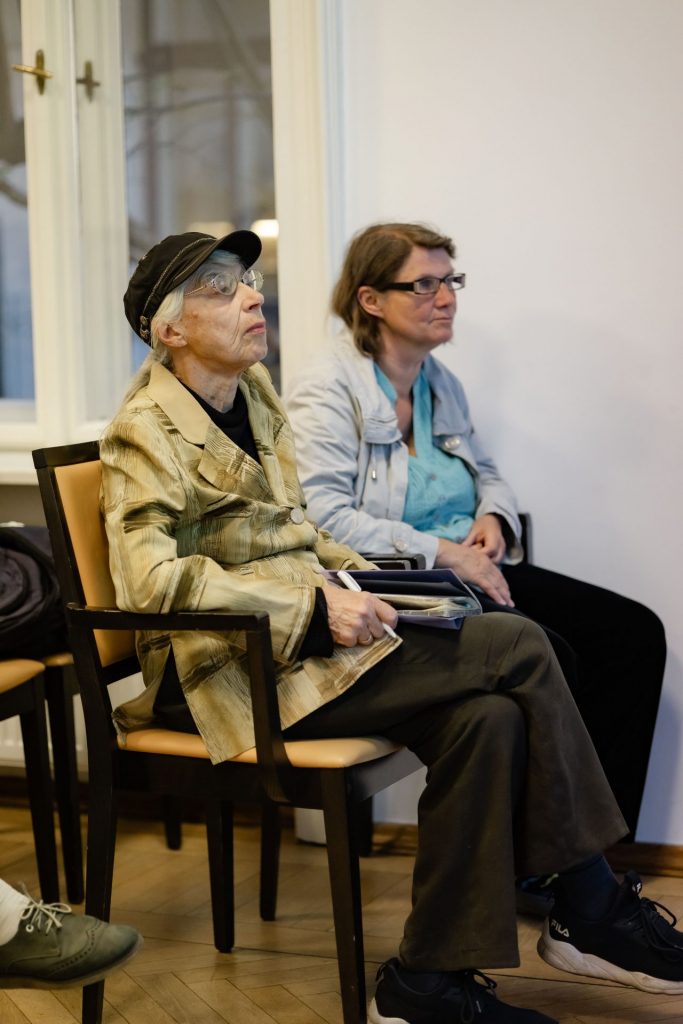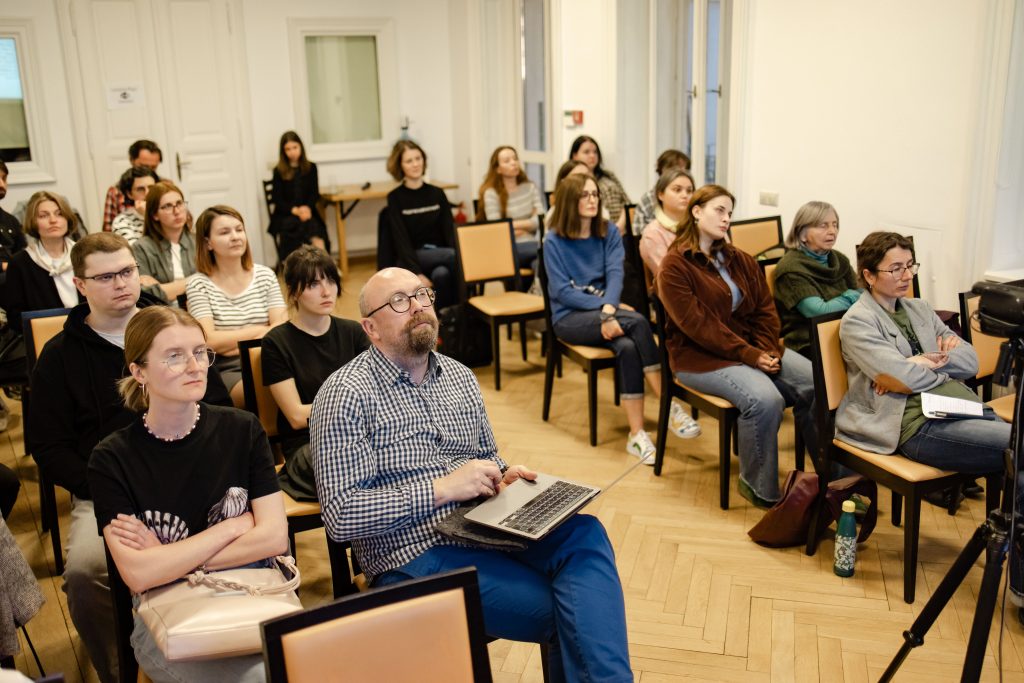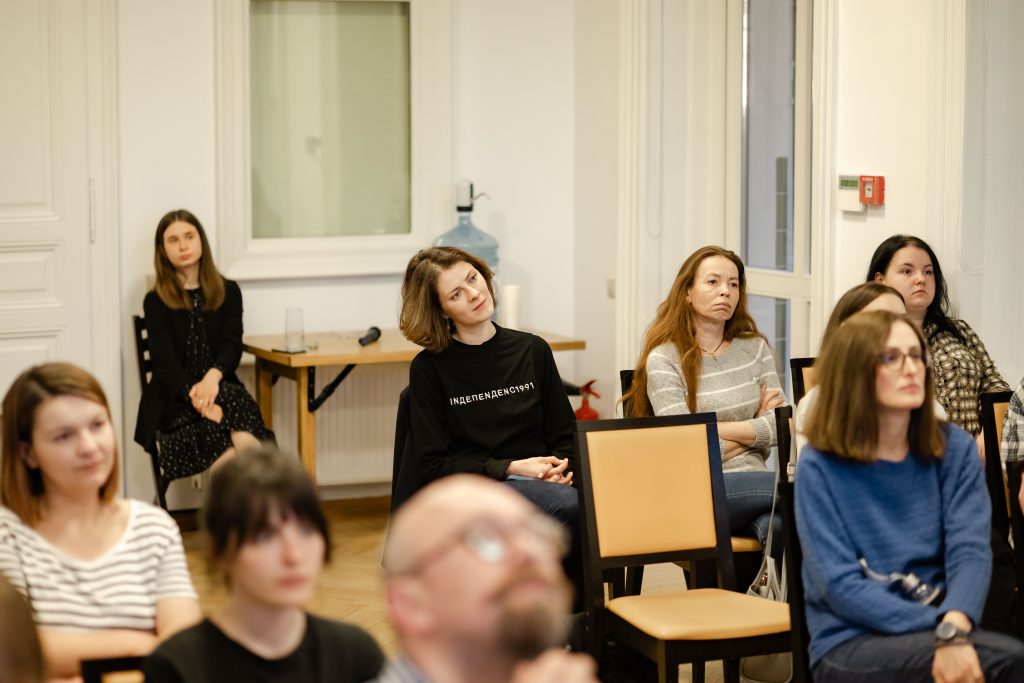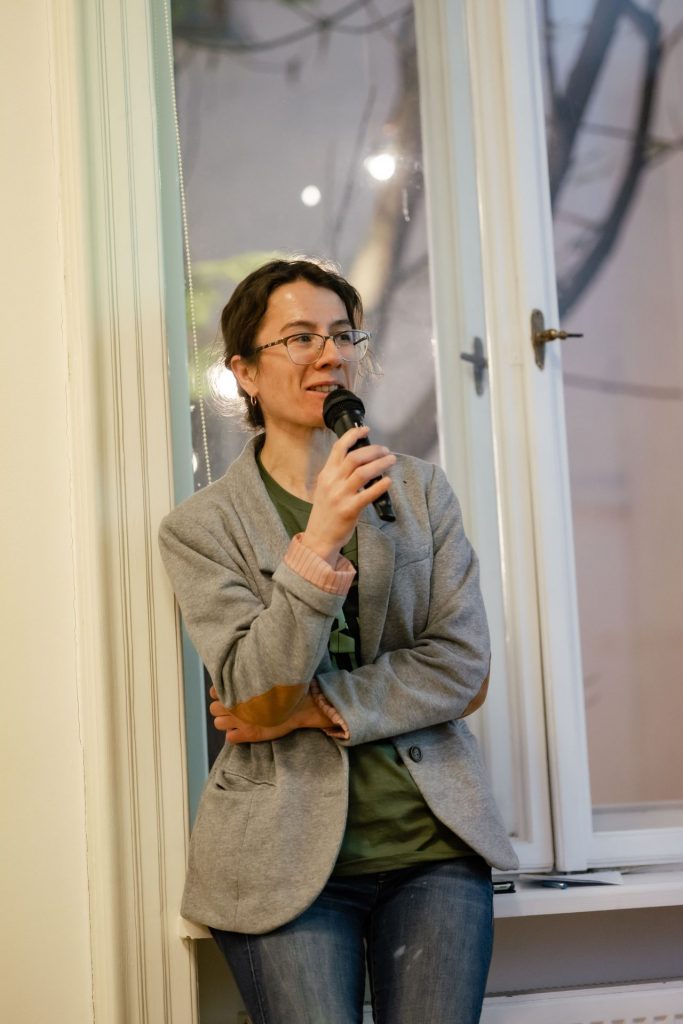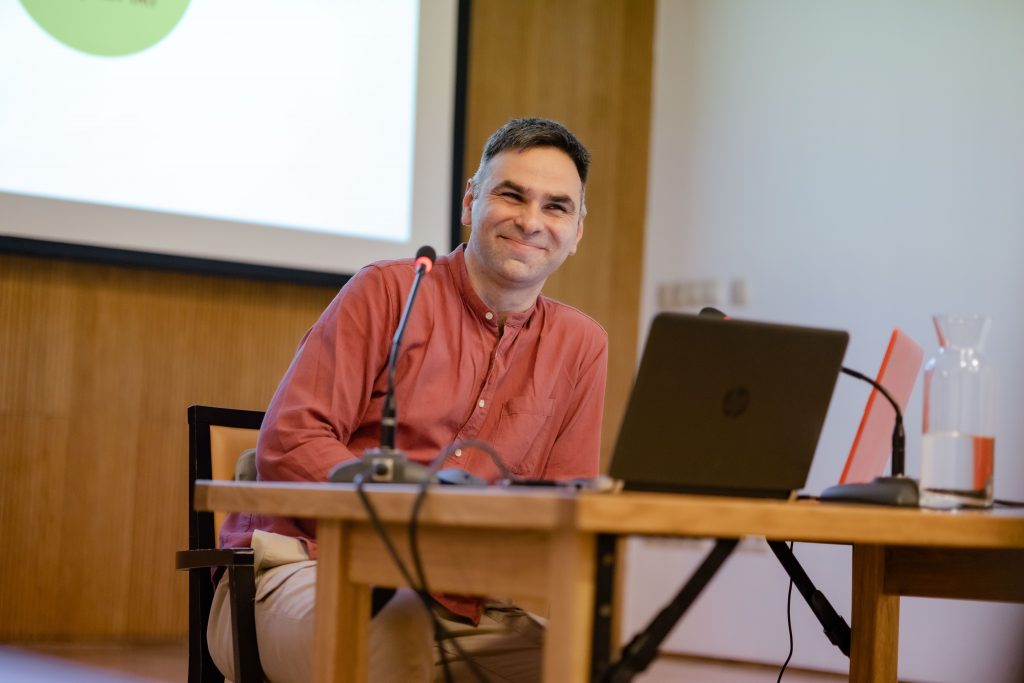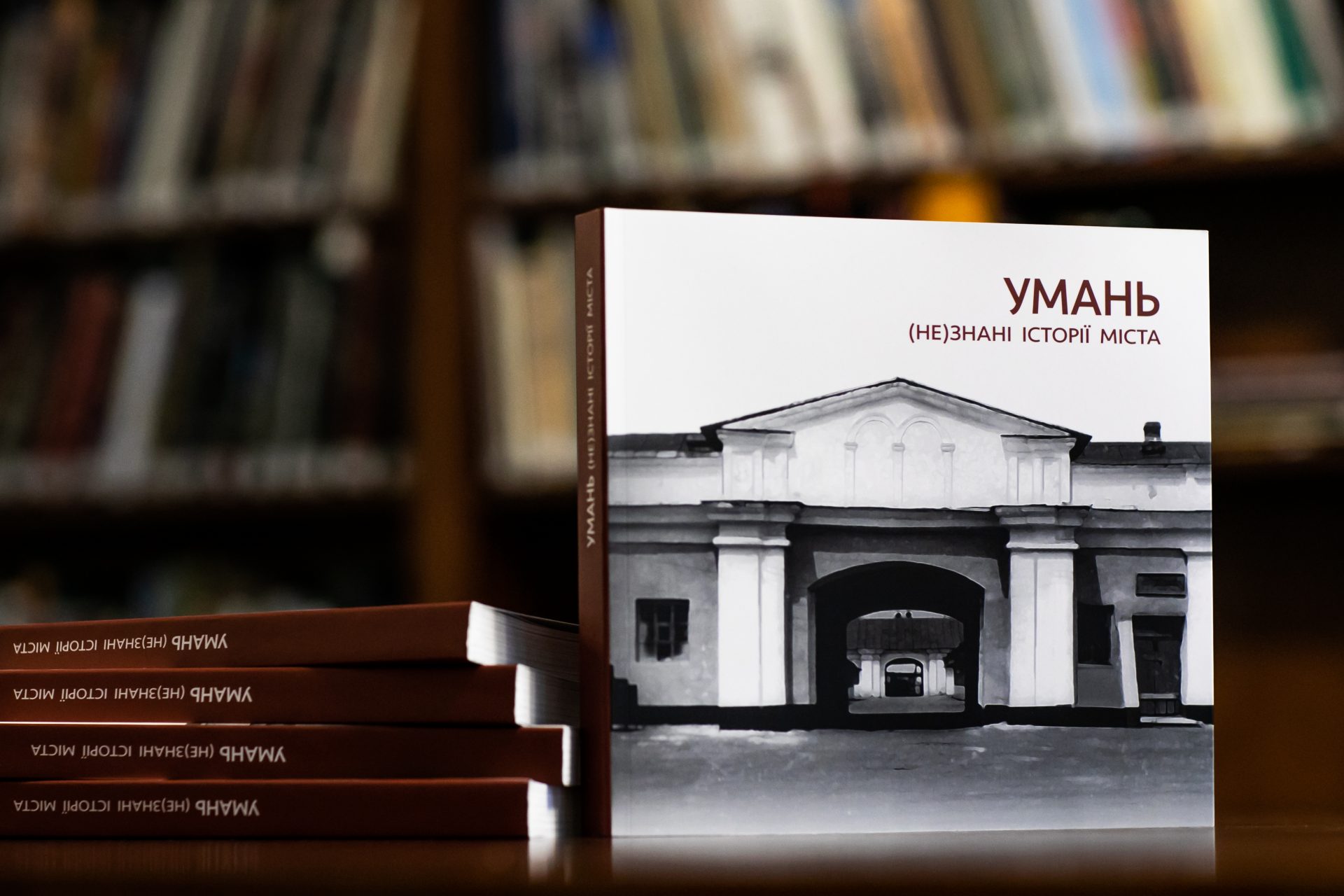"Street Children": Homelessness and Orphanages in the Cities of 1920-1930
Artem Kharchenko
I. P. Kotliarevsky Kharkiv National University of Arts1.5.2024, 18:30
Conference Room of the Center for Urban History
We are pleased to invite you to the lecture by Artem Kharchenko that continues the series of lectures on modernity experiences entitled "Let's Have a City...".
The orphanage was a modern practice of child care, which ideology can be described as "disciplinary power," according to Michel Foucault. With the participation of trained professionals, raising an "exemplary child" within the system of orphanages became a common practice in Central and Eastern Europe in the interwar period. In the Soviet state, such practices of collective upbringing had some specific features and were conditioned by the potent ideological indoctrination of all those involved in the process. The influence of the "indigenization" policy was another distinctive feature, the implementation of which is evident in the example of certain orphanages.
In the course of the lecture, Artem Kharchenko will analyze collective portraits of children who were in orphanages in Soviet Ukraine in the 1920s and 1930s, as well as the employees of these institutions. The researcher will examine how the urban space of Kharkiv, as the capital, and also Kyiv, Chernihiv, Odesa, and Kherson, appeared to children from orphanages and what elements comprised it. A considerable number of these components, such as railway stations, grocery stores, etc., represent, in our view, the modernization of Ukrainian cities that had lasted for several decades.
In the eyes of society, the orphanage appeared as a space in which the state or responsible institutions meant to place the "homeless" and thus protect respectable citizens from problems by "fixing" the person. At the same time, the persistent associative link between "orphanage and homelessness" does not work when we look at it from the children's perspective and perceptions and the realities of their street life. The orphanage was just one of the desirable locations in certain circumstances or one from which children escaped. Paying attention to the numerous children's stories of that time allows us to learn more about the transformations that Ukrainian society experienced in the interwar period in the Ukrainian SSR.
Center's researcher Iryna Sklokina will moderate the event.
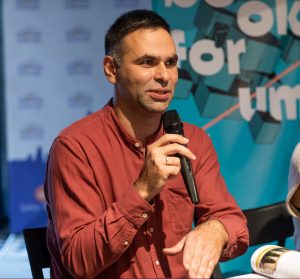
Artem Kharchenko
I. P. Kotliarevsky Kharkiv National University of ArtsAssociate Professor at the Department of Artistic Education and Humanities at the I. P. Kotlyarevsky Kharkiv National University of Arts; he studied history at the V. N. Karazin Kharkiv National University; he defended his PhD thesis on family history in the Kharkiv region in the nineteenth century. Among his recent publications are chapters in the collective monograph Uman: (Un) Known Histories of the City, Kharkiv, 2021.

Iryna Sklokina
Center for Urban HistoryHistorian, PhD in History, researcher at the Center for Urban History. Her research interests include Soviet and post-Soviet memory politics, historical heritage, museology, and oral history. At the Center for Urban History, she focuses on historical heritage, in particular the industrial and Soviet heritage of Donbas and Lviv.
Credits
Cover Image: Children of the orphanage. In the center – the director of the orphanage, N.Y. Sonina, 1932.
Gallery: Bohdan Yemets
